In order to truly reap the benefits of CBD, it is important to understand the difference between the different types of CBD extracts. Each CBD spectrum contains different cannabis compounds which affect the quality, potency, and effects of a product.
In this article, we understand the basic difference between full-, broad-, and isolate CBD spectra and the extraction process of each. We also learn, briefly, how to read a lab report for each of these spectra and their pros and cons.
Outline
What is CBD?
What does Types of CBD mean?
Types of CBD
– Full-spectrum
– Isolate
– Broad-spectrum
Which type of CBD should I take?
Tips for starting your CBD journey
Buy CBD in India
What is CBD?
Short for Cannabinol, CBD is a chemical compound found in the cannabis Sativa plant. It is a naturally-occurring cannabinoid that is being researched for its many therapeutic properties.
Different species of cannabis plants contain different amounts of CBD. The naturally richest source of CBD is hemp. Scientists and doctors all around the globe are studying the therapeutic health benefits of CBD.
CBD is often contrasted with another cannabinoid THC because of the difference in effects these have on the body. While THC, the compound present in high amounts in marijuana, causes the high, CBD is a non-intoxicating compound. That is to say, the consumption of CBD does not induce any sense of euphoria in the body.
CBD is increasingly being used in products such as oils and edibles to serve as an alternate wellness supplement. From creams, lotions, and balms to gummies, capsules, and beverages, there are a plethora of CBD products available in the market today.
What does Types of CBD mean?
Conversations about CBD often include the terms full-spectrum, broad-spectrum, and isolate to the point that it is unavoidable. And that is how it should be. If you’re using a CBD product, it is among the first most basic steps to know the type or kind of CBD you are looking for.
Even though it appears to be something complicated, the major difference lies in how the extract has been processed. There is a plant with a lot of desirable attributes and we process it in certain ways to have more or less of one or another attribute.
Types of CBD
There are three kinds of CBD extracts each with its own pros and cons.
Please note: For the purpose of this article, we’re considering hemp as the source plant for CBD extracts.
Full-spectrum CBD
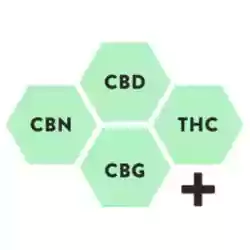
The term full spectrum describes an extract that contains the full range of the different chemical compounds present in the source plant. In the case of CBD, full-spectrum refers to an extract that contains the full range of cannabinoid and terpene profiles present in the hemp plant.
Full-spectrum types of CBD extracts are the most common form of cannabis used for medicinal purposes. In full-spectrum CBD, nothing is left behind or held back. It is important to note that full-spectrum CBD contains trace amounts of THC. However, the amount of THC is low enough to not cause any intoxicating behaviour.
In addition to THC, a full spectrum CBD extract will contain terpenes, flavonoids, essential oils, and all the other cannabinoids present in the source plant.
How to make Full-spectrum CBD?
The full-spectrum extract comes from the aerial parts of the cannabis plant i.e. its leaves and flowers. The extraction involves using a solvent to extract all the valuable particles from the plant. Here the term valuable refers to all the potentially therapeutic biomolecules except waxes and lipids.
The solvent for extraction is usually butane, propane, or CO2. Sometimes, we may use organic MCT oil as the carrier oil to extract the desirable components from the plant.
As of research available at the present moment, there are only two types of full-spectrum extracts:
- High Terpene Full-spectrum Extract (HTFSE): contains more terpenes and some cannabinoids.
- High Cannabinoid Full-spectrum Extract (HCFSE): contains more cannabinoids and some terpenes.
The extraction process of these two types of full-spectrum CBD extracts begins with the classic BHO extraction method. After winterising (i.e. removing the lipids and waxes) the extract, the mix is set aside for a few weeks. During this process of nucleation, the heavier particles (cannabinoids) in the mix fall to the bottom of the dish and the lighter particles (terpenes) float up.
Lab Test Example for a Full-spectrum Product
When observing the lab test for a full spectrum product, in this case, CBD, it is important that the report mentions the percentages of each cannabinoid in the product.
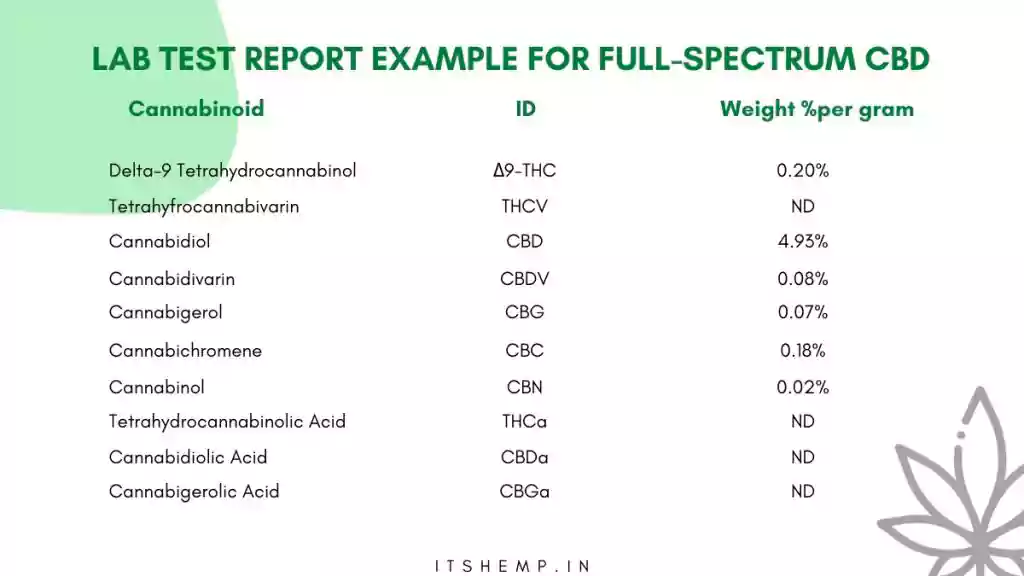
Pros
Full-spectrum CBD offers the full benefits of the cannabis plant. It undergoes fewer processes and is, therefore, more potent. Also, because all the components combine together to complement each other’s benefits, full-spectrum CBD shows higher effects in relatively low doses.
Cons
Because it contains THC, it might cause some psychoactive behaviour. The reaction of THC on the body can induce feelings of sedation and other possibly unwanted side effects as well. Moreover, even though the amount of THC in the full-spectrum extract is considerably low, it might just be enough to show up on a drug test. The amount of THC present can cause legal implications as well.
CBD Isolate
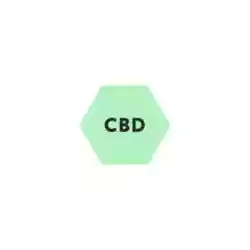
In science, an isolate is the purest form of a compound that comes by singularly extracting that compound from its environment. That is to say, a CBD isolate is the purest form of CBD obtained by removing all other compounds (such as flavonoids, terpenes, plant parts, and other cannabinoids).
Typically, CBD isolate comes from the hemp plant because of its naturally occurring high volume and non-existent THC content.
How to make CBD Isolate?
The first steps in the extraction of isolate types of CBD are Winterization and Decarboxylation. The former removes the lipids and plant waxes from the plant and the latter converts cannabinoid acids into their more accessible form (e.g. CBDa to CBD; CBGa to CBG etc.).
The winterized oil then undergoes a triple pass fractional distillation process to remove terpenes, chlorophyll, and all other undesirable contaminants. In addition, the distillation process allows for the concentration and separation of CBD from other minor cannabinoids.
This concentrated CBD fraction is then mixed with a non-polar solvent. Recurrent heating and cooling of this solution allow precipitating out pure CBD in crystal form. This process is quite similar to the way sugar precipitates out of water when making rock candy.
This CBD precipitate is then washed with the same non-polar solvent to purify it of any contaminants. The isolate then goes into a vacuum oven for 48 hours to eliminate the remaining solvent. The result is a 99% pure solvent-free CBD isolate.
The appearance of CBD isolate can either be large CBD crystals or fine white powder depending on the refinement process. Ideally, neither form of CBD isolate should have a distinct odour or taste.
Lab Test Example for CBD Isolate
When observing the lab test for an isolate, the isolate will register only for CBD and nothing else. Isolate-based products contain crystalline CBD as an ingredient.
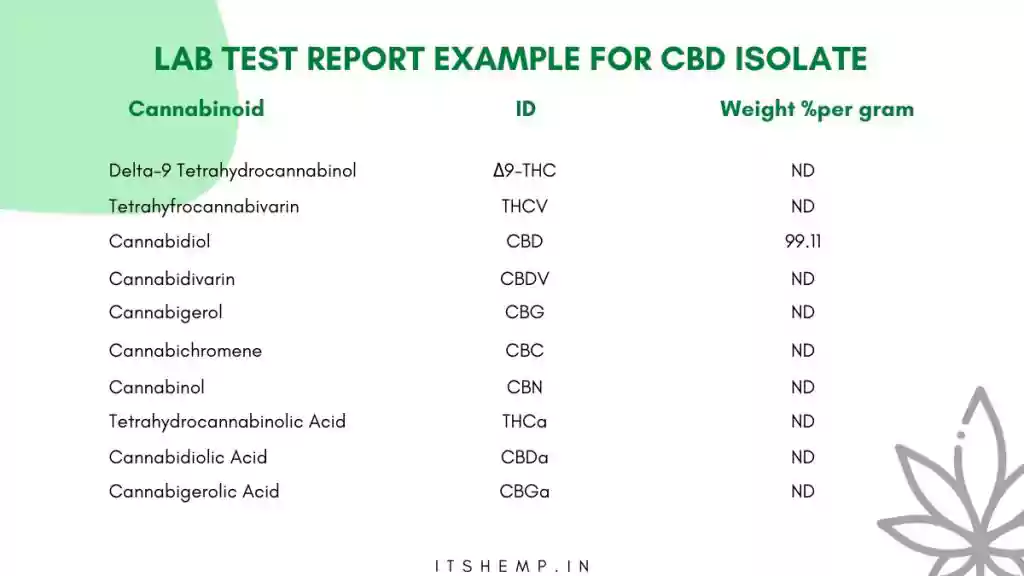
Pros
CBD isolate is the purest form of isolate and is generally considered to be safe. It is typically void of any taste and odour. Since it contains only and only CBD, there are no risks of any psychoactive effects whatsoever. Because of the same reason, it does not test positive for THC in drug tests. Measuring doses with CBD isolates is also extremely easy because there is nothing else to account for.
Cons
An isolate does not deliver the complete benefits of the entire cannabis plant. Also, because the product contains only one active ingredient (CBD, in this case), it needs relatively higher doses than full spectrum CBD to show the desired effects.
Broad-spectrum CBD
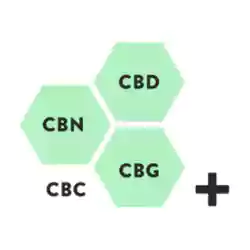
This spectrum is kind of a mix of full-spectrum and isolates types of CBD. A broad-spectrum CBD contains a full spectrum cannabinoid and terpene profile with only one exception—THC.
This extract comes from the same process as that of full-spectrum extract i.e. from the roots, stems, flowers, and leaves of the plant. The difference, however, is that after extraction, we separate and remove the THC compound entirely.
Broad-spectrum CBD offers a more potent THC-free way of consuming CBD in comparison with CBD isolate. A true broad-spectrum extract will have no traces of THC and will still yield a full cannabinoid profile thus providing better therapeutic effects.
How to make Broad-spectrum CBD?
There are a couple of different processes to make broad-spectrum CBD. One process is by starting with a CBD isolate and then adding all the other beneficial cannabinoids except THC, terpenes, and flavonoids.
Another, and more common, is the process of chromatography. It is important to note that THC and CBD cannot be separated using the good old molecular distillation because their boiling points are very close. The process of chromatography takes advantage of the difference in properties.
Chromatography is a direct way to purify a substance by passing it through silica or silicon dioxide. The different compounds in the mixture will have different degrees of attraction to the silica and will pass through it at different rates.
The less polar, or more oily, compound (in our case THC) will have less attraction to the polar silica and elute first. However, for compounds such as cannabinoids and terpenes, this process can be problematic because these compounds are greasy and nonpolar. It is possible that there is not enough attraction between the molecules and the silica and all will travel at almost the same rate and elute together.
So, we use a process called reversed chromatography for these cases. In this process, we reverse the elution order by using special hydrocarbon-coated silica. Along with that, we use polar solvents such as water and acetonitrile. Their ratio is gradually increased to draw nonpolar compounds through the stationary phase.
In our case, THC has a greater attraction to the hydrophobic stationary phase and therefore CBD travels more quickly.
Lab Test Example for Broad-spectrum Product
When observing the lab test for broad-spectrum types of CBD, be sure to check that the product was created by removing THC from a full spectrum extract and not by distilling and adding other cannabinoids and terpenes together.
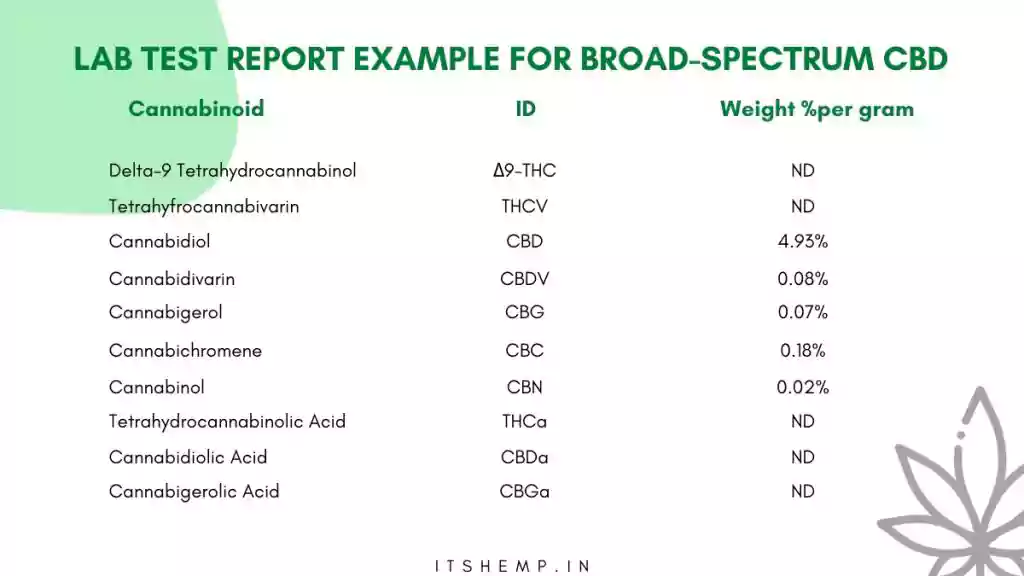
Pros
Broad-spectrum CBD offers the complete benefits of the cannabis plant without any chances of psychoactive behaviour. This type of spectrum is ideal for people who want to experience the enhanced effects of the cannabinoids without risking the psychoactive effects of THC.
Cons
Broad-spectrum CBD is still under research and therefore there are comparatively fewer studies to back up its effects. A lot of manufacturers also mislabel a product as broad-spectrum and there is no way around that. Also, because it still contains terpenes and other cannabinoids, it can have a strong, natural odour and flavour.
Which Types of CBD should I take?
For any CBD beginner, it gets quite confusing to decide the type of CBD to take. After you have an understanding of different types of CBD, you can move over to pondering which CBD to use.
One basic thing to understand before choosing among the three types of CBD is that neither of the types is better than the others.
The difference lies in the way each extract has been processed and the overall effect it is going to have on the body. But since biology can never truly be generalised, we can make no definitive statements regarding the superiority of one type over the other.
Tips for Beginning with CBD
For those who are ready to experiment with CBD, it is important to do some homework. Here is a brief list of some tips that help you buy CBD.
- Learn all you can about CBD: Of course, it is important to know what CBD is, where is it coming from, what effects and side effects it can have etc. The first step is to learn everything about CBD from reliable sources. CBD is still under research and while we don’t deny its popularity as a wellness supplement it still does not have the FDA or AYUSH Ministry’s approval. Therefore, it is absolutely important that you do your research and you do it well.
- Decide the product you want to begin with: There are a plethora of CBD products on the market today. You can take CBD orally in the form of oil or tinctures, consume it with edibles, and use it topically through CBD-infused creams, balms, and cosmetics. During your research, you’ll find yourself favouring a certain kind of product more than the other. Decide the product that appeals the most to you and then move on to the next step.
- Choose the type of CBD you want: To not define the types of CBD you’re consuming is unavoidable. Read the product label carefully and understand the difference between full-spectrum, broad-spectrum, and CBD isolate. This is important to clearly understand the effects your product might have on you.
- Administer your dosage: You need to know what dosage to begin your CBD journey with. By now you’d know that as a beginner you should begin with the minimum possible dose. However, as a consumer, you need to know the way dosage is affected in each type of product. Dosage in CBD edibles, for example, is administered differently than in oil and tinctures. Identify the right dosage for yourself before beginning your experience.
- Research the seller: We are still in the process of understanding CBD and therefore it is very important to work with a trusted company. After you’ve settled on a particular product from a particular company, research their review. Understand how they make their CBD, how they advertise it, and how will it help you.
With your understanding of different types of CBD now firm, you are one step closer to starting your CBD experience. You can learn more about CBD here and browse through some good-quality CBD products here!
Buy CBD in India
-
Neet 300mg Broad Spectrum Vijaya Tailam CBD 30ml₹1,999.00
-
Product on saleBroad Spectrum CBD Drops₹1,999.00 – ₹9,999.00
-
Cannavedic CBD Isolate Tincture Icy Mint, 1500mg, 30ml₹4,500.00
-
Product on saleNoigra Full Spectrum Hemp Oil, 1000mg, Mint, 30mlOriginal price was: ₹5,499.00.₹4,999.00Current price is: ₹4,999.00.
-
Cannavedic Pure CBD Isolate Crystals – 1000mg|5000mg₹1,500.00 – ₹6,500.00
-
Product on saleNoigra Full Spectrum Hemp Oil, 2000mg, Orange, 30mlOriginal price was: ₹9,999.00.₹8,999.00Current price is: ₹8,999.00.
-
Product on saleNoigra Full Spectrum Hemp Oil, 1000mg, Orange, 30mlOriginal price was: ₹5,499.00.₹4,999.00Current price is: ₹4,999.00.
-
Neet Suramya 1200mg Broad Spectrum Vijaya Tailam CBD 30ml₹3,999.00
-
Neet Suramya 700mg Broad Spectrum Vijaya Tailam CBD 30ml₹2,999.00
-
Product on saleCannavedic Pure CBD Oil Natural 1000mg | 10mlOriginal price was: ₹2,500.00.₹2,100.00Current price is: ₹2,100.00.
-
Product on saleNoigra Full Spectrum Hemp Oil, 2000mg, Mint, 30mlOriginal price was: ₹9,999.00.₹8,999.00Current price is: ₹8,999.00.
-
Product on saleHemp Hub Broad-spectrum CBD Oil, 4000mg,Original price was: ₹7,760.00.₹4,130.00Current price is: ₹4,130.00.
-
Neet Samarth 1800mg Broad Spectrum Vijaya Tailam CBD 30ml₹5,299.00
-
Product on saleCannavedic Pure CBD Oil Natural 500mg | 10mlOriginal price was: ₹1,800.00.₹1,500.00Current price is: ₹1,500.00.
-
Neet Samarth 2500mg Broad Spectrum Vijaya Tailam CBD 30ml₹6,499.00
-
Zero CBD Synthetic Broad Spectrum Dabs, Grand Daddy Purple, (1-5g)₹4,000.00 – ₹15,000.00
-
Zero CBD Synthetic Broad Spectrum Dabs, Super Lemon Haze, (1-5g)₹4,000.00 – ₹15,000.00
-
Neet SaShakt 5000mg Broad Spectrum Vijaya Tailam CBD 30ml₹9,999.00
-
Neet SaShakt 3500mg Broad Spectrum Vijaya Tailam CBD 30ml₹7,999.00
-
Product on saleCannavedic Pure CBD Oil Natural 1500mg | 30mlOriginal price was: ₹5,000.00.₹4,000.00Current price is: ₹4,000.00.
-
Zero CBD Synthetic Broad Spectrum Dabs, Blue Dream, (1-5g)₹4,000.00 – ₹15,000.00
-
ZERO CBD Melatonin Sleep Tincture, CBD + Melatonin (2000mg + 180mg) (30ml)₹9,500.00
-
Zero CBD Broad Spectrum Drops, Grand Daddy Purple (500-1500mg) (30ml)₹2,400.00 – ₹7,200.00
-
Zero CBD Isolate Drops, Unflavoured (1000-3000mg) (30ml)₹4,000.00 – ₹12,000.00


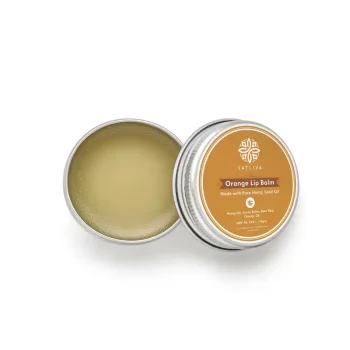
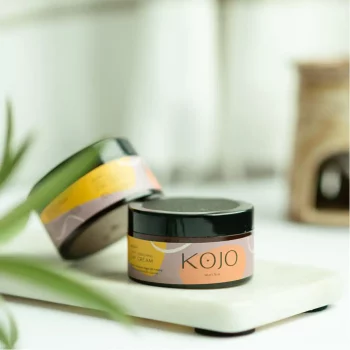
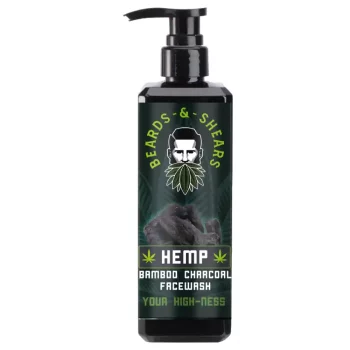
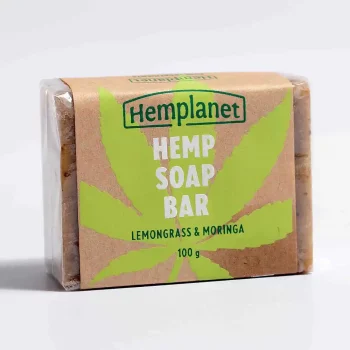
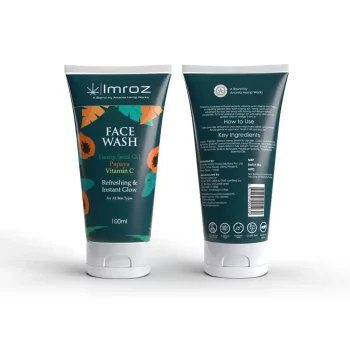
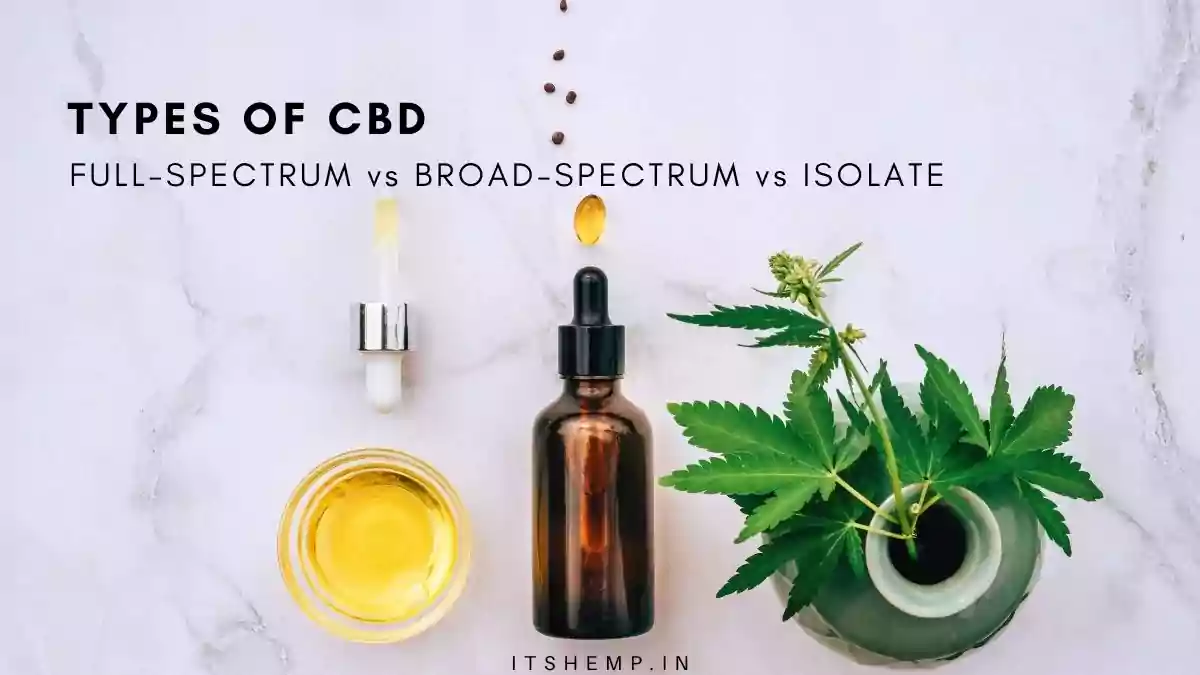

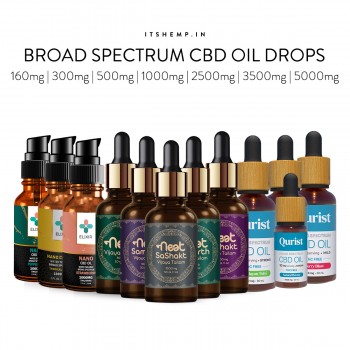
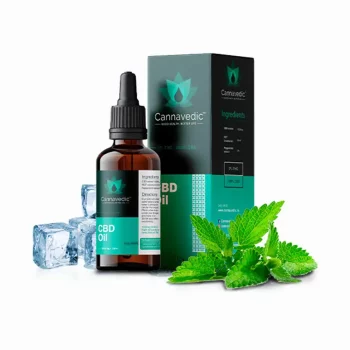
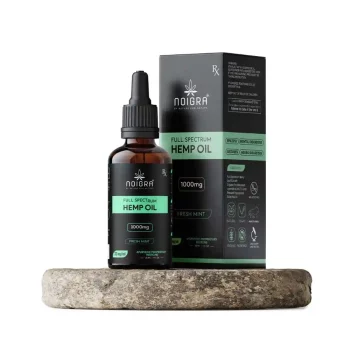
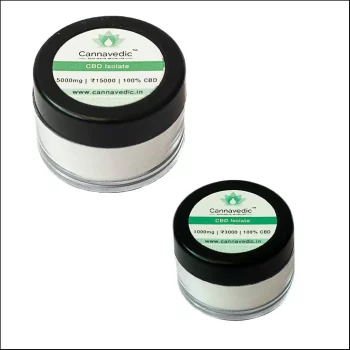

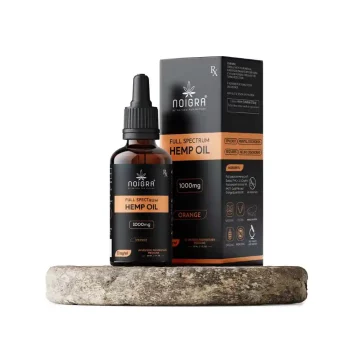
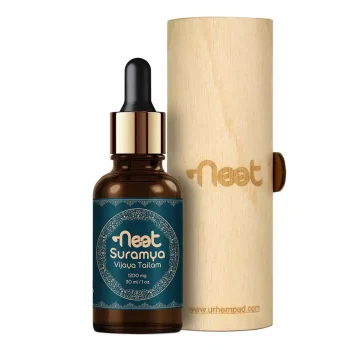
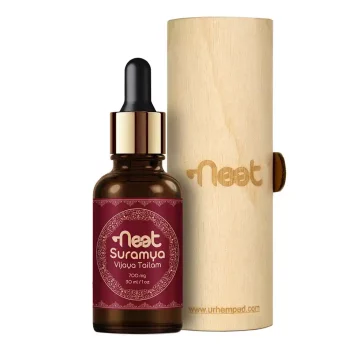
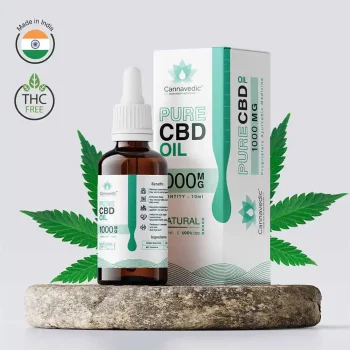
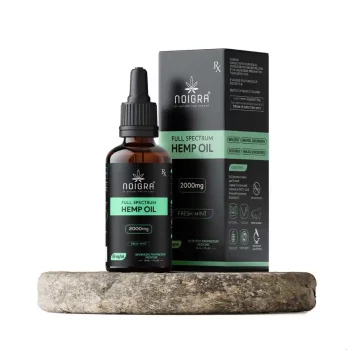
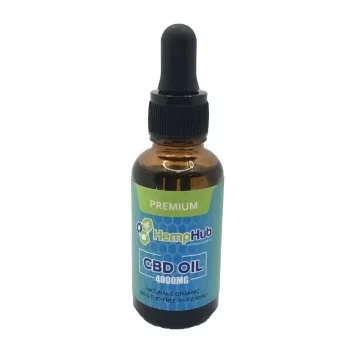
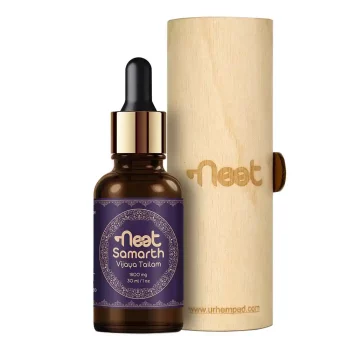
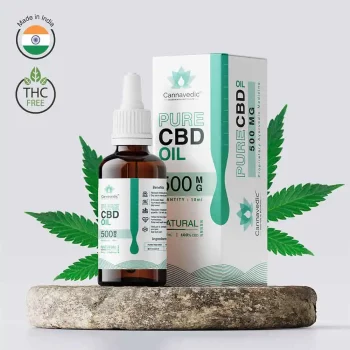
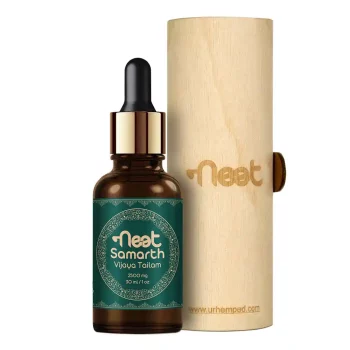
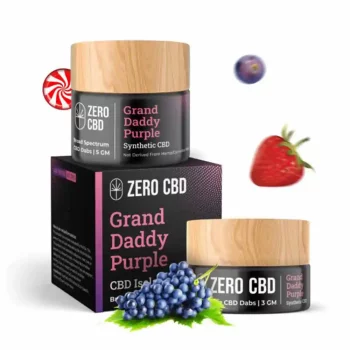
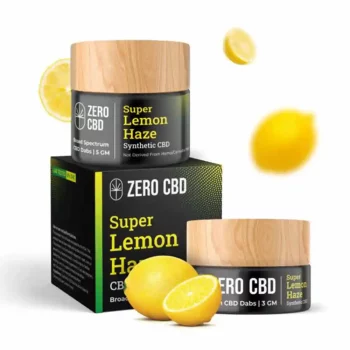
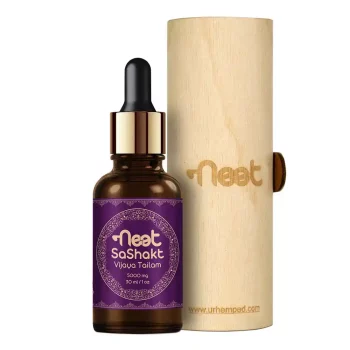
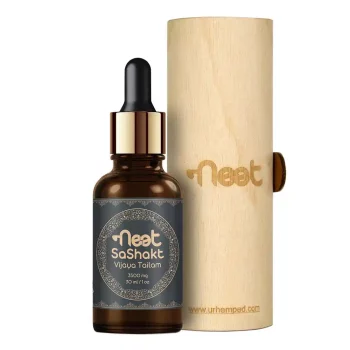
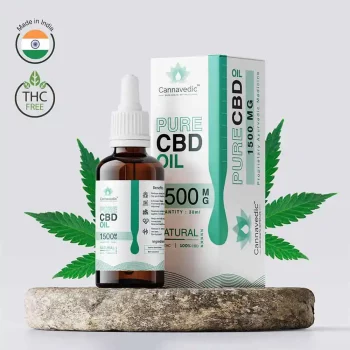
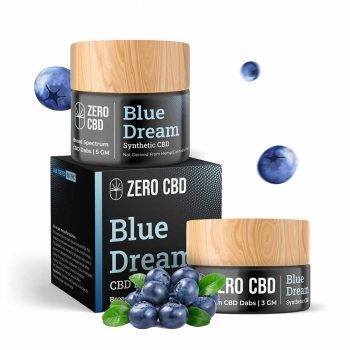
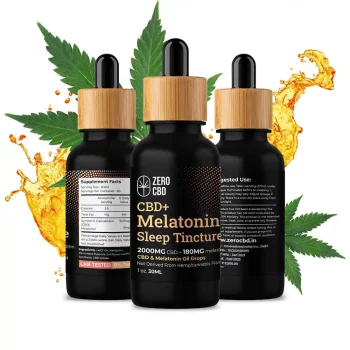
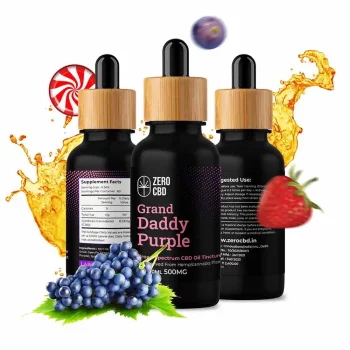



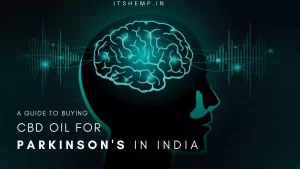

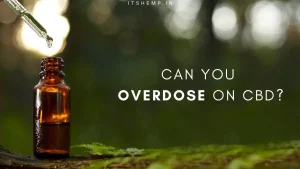
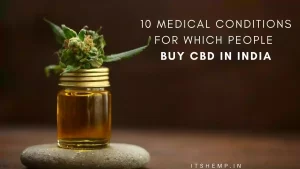
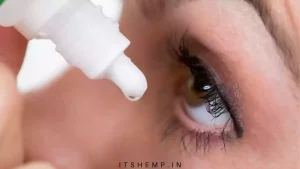
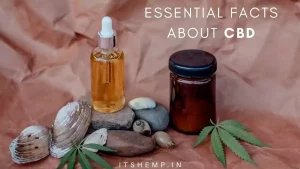



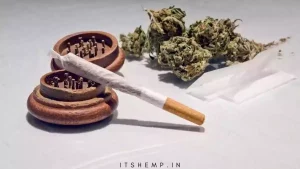

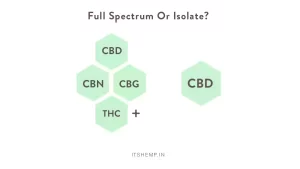
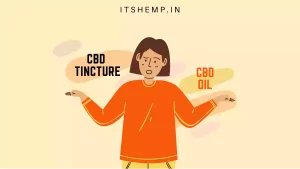


This is one of the most incredible blogs I’ve read in a very long time which you have shared here about types of CBD. Grateful to you for sharing this article here.
This is one of the most incredible blogs I’ve read in a very long time which you have shared here about types of CBD. Grateful to you for sharing this article here.
A very good piece of information. Now that I have confirmed which type to buy, I think I’ll go for broad-spectrum CBD oil for my knee pain and headaches as it is THC free. Or is there something I’m missing out on?
Yes! topical products with broad or full-spectrum CBD would be great to help with knee pain and oral drops for headaches.